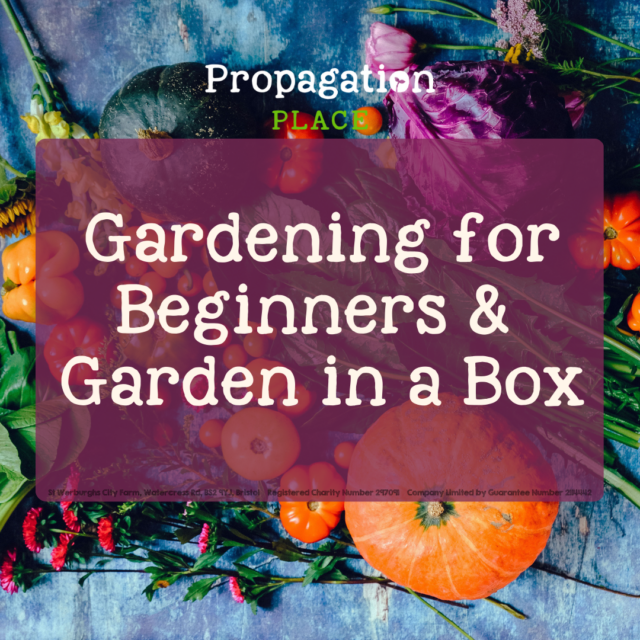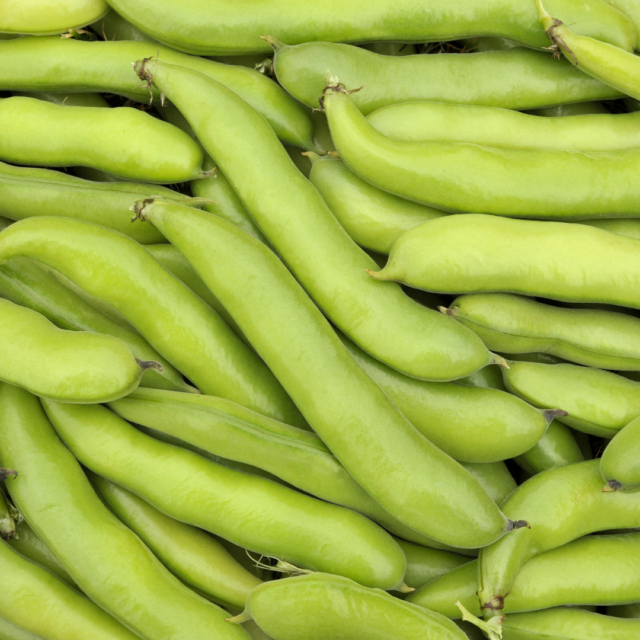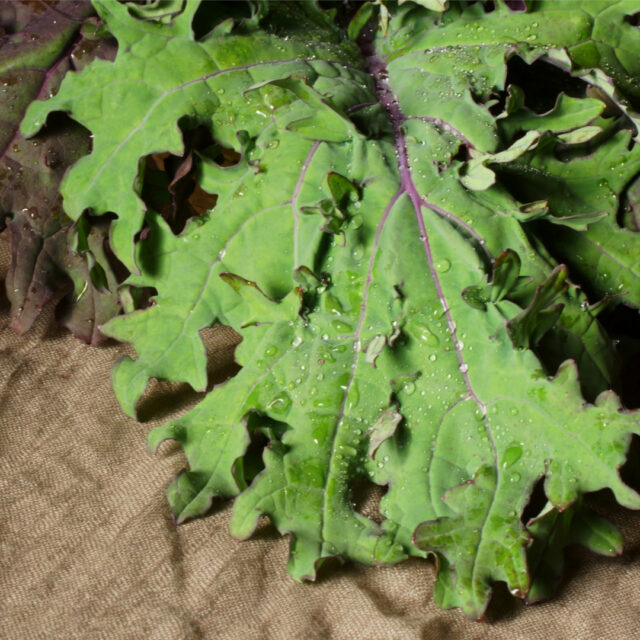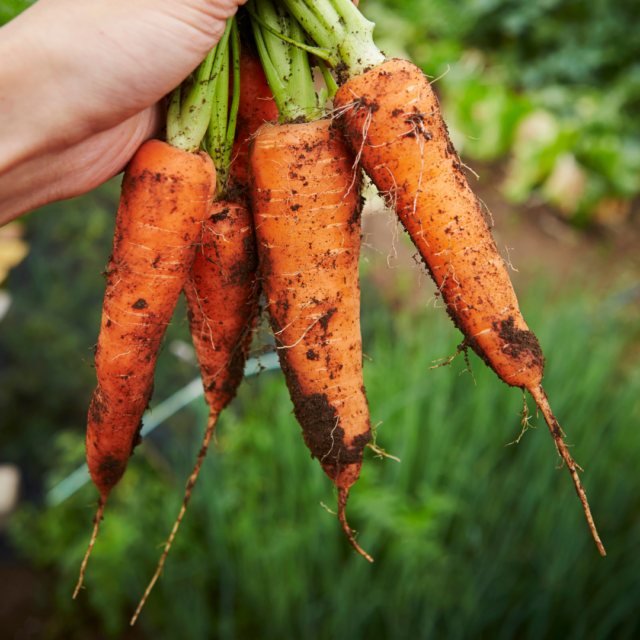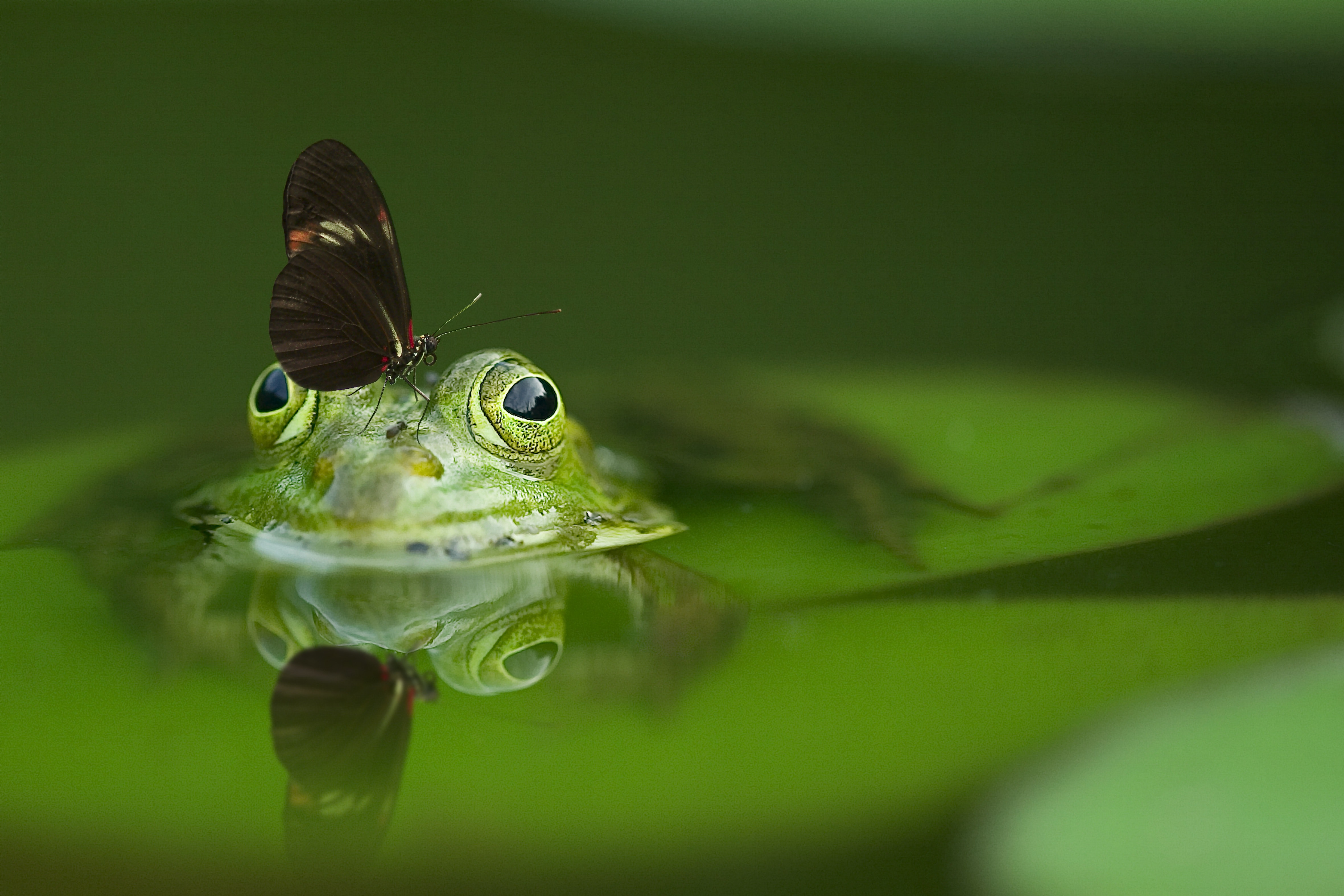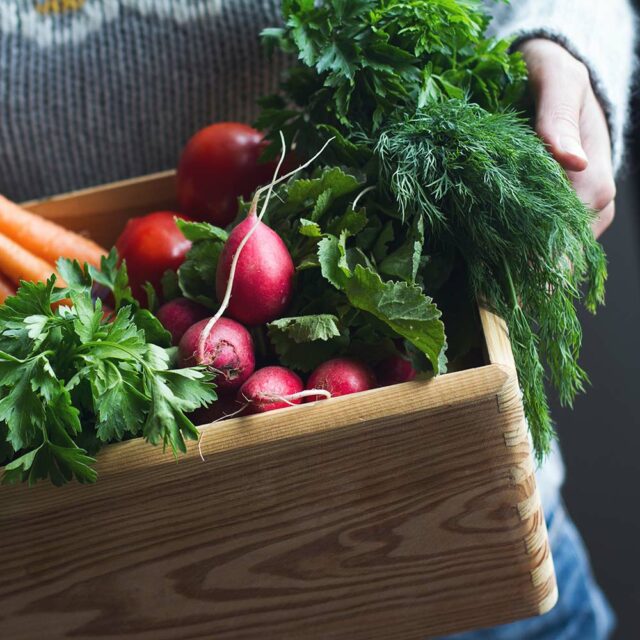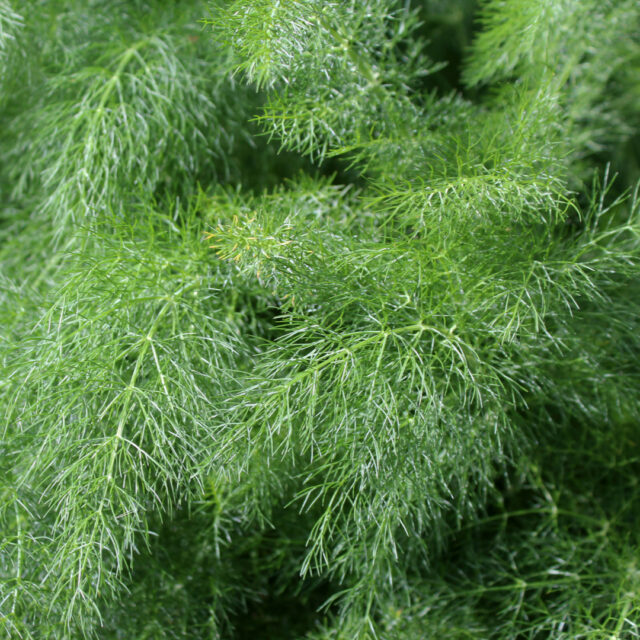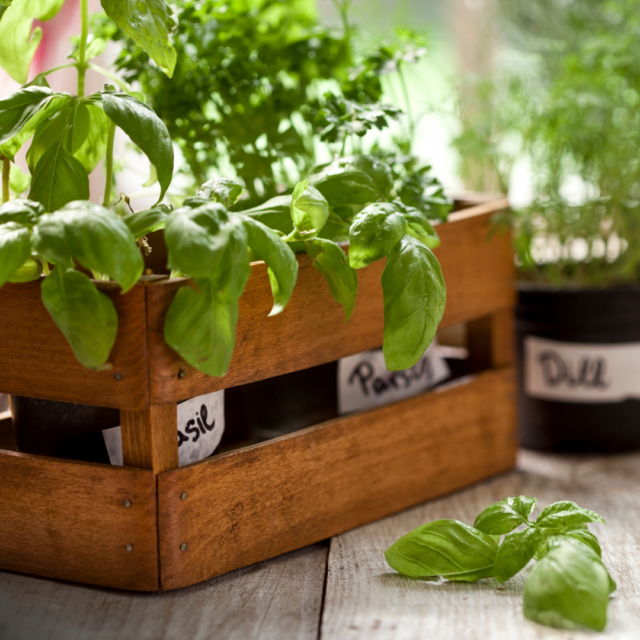Want more wildlife in your garden? What about a place to sit and relax? Then adding a pond to your garden might be for you. If you think your garden is too small to accommodate a pond, we’ve got you covered! Read on to find out all about the benefits of adding a garden pond, big or small.
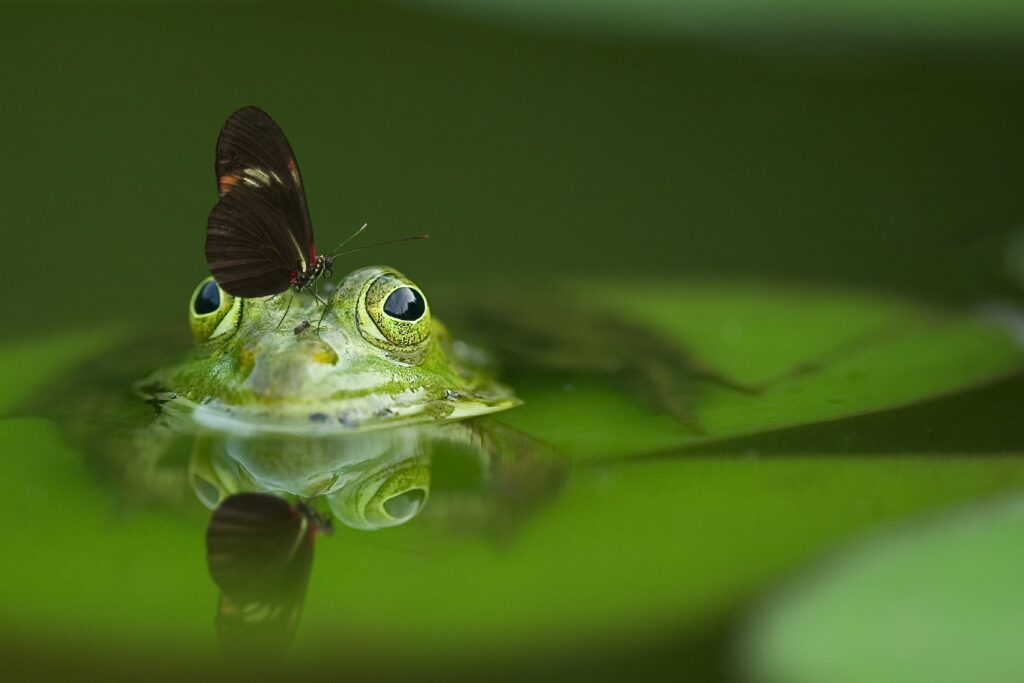
The Benefits of Having a Pond in Your Garden
A pond is arguably the most effective way of creating a habitat for wildlife. Birds, animals and plant will thrive with the addition of a well maintained garden pond. Ponds provide a complex habitat full of algae and plants, scavengers, predators, herbivores, decomposers and parasites. What more could you ask for!
Not only are ponds a fantastic way to introduce more wildlife to your garden, they look great. The hard work of putting in a pond is soon repaid when you can sit back and admire the beautiful water, and the relaxing sounds.
Creating A Garden Pond
Ponds aren’t just for sprawling gardens, even the smallest space can accommodate a pond.
The Easy Container Pond
A container pond works great in a small space. A container pond is a small body of water in – you guessed it – a container! Even though the pond is small, it will bring extra wildlife to your garden.
First get a stone trough, or an old sink or bath. You can even use a large, glazed or plastic pot once drainage holes have been plugged.
Next you need to fill with water. A minimum depth of 20-30cm (8in-1ft) allows a few pond plants to be added.
You’re done! It really is that simple. Now all you need to do is choose a location where you can admire it.
The Slightly Harder Dug-In Pond
If you have the space and want to create a bigger pond, check out this handy guide by the BBC Gardening Guides. It’s has lots of information and easy to follow instructions.
The Bog Garden
A bog garden is perfect if you don’t want to fully commit to a pond. They can also be pond-adjacent to encourage more wildlife. If you have an old pond, or a naturally waterlogged part of your garden, then a lot of the work is already done.
To create a bog:
- First of all dig out an area of shallow ground. It needs to be big enough that it won’t dry out.
- Then line the area. Make sure to puncture the lining for some drainage. Too much water-logging can cause problems.
- Next plant it with bog-loving plants like purple loosefuit, marsh marigold and water mint.
- Finally wait for wildlife to enjoy!
Pond Planting
Now you’ve got your pond. What next?
You can leave it to colonise naturally, or you can plant it. Either option is fine. However, you have more control over the appearance if you plant it up yourself.
- Plant native plants to encourage wildlife. Avoid non-native potentially invasive plants.
- Add dense vegetation on one side to give cover for wildlife entering or exiting the water.
- Use floating aquatic plants to achieve 65-75 percent surface coverage, plus some submerged planting (oxygenators)
- Let overhanging branches dip into the water. It sounds counterintuitive but it will enrich the habitat considerably. You can also add dead branches for the same effect.
To Conclude
Adding a garden pond will dramatically enrich the wildlife in your garden, plus give you a tranquil place to relax. If you are short on space, you can create a container pond. However if you have a larger garden, you could consider a dug-in pond or even a bog garden. Any area of water will encourage wildlife into your garden.
The Wildlife Trusts and the RHS set up Wild About Gardens to celebrate wildlife gardening and to encourage people to use their gardens to take action to help support nature. This year they’re focusing on ponds! For a free pond booklet, go to their website here.
